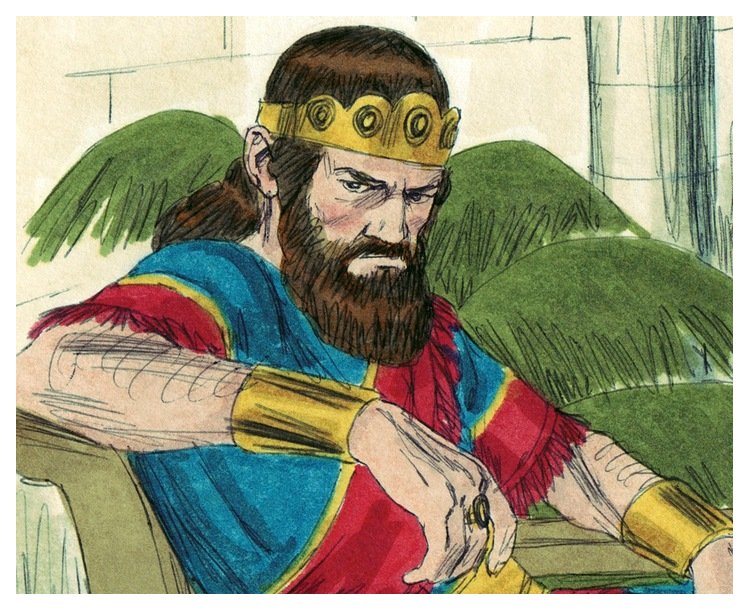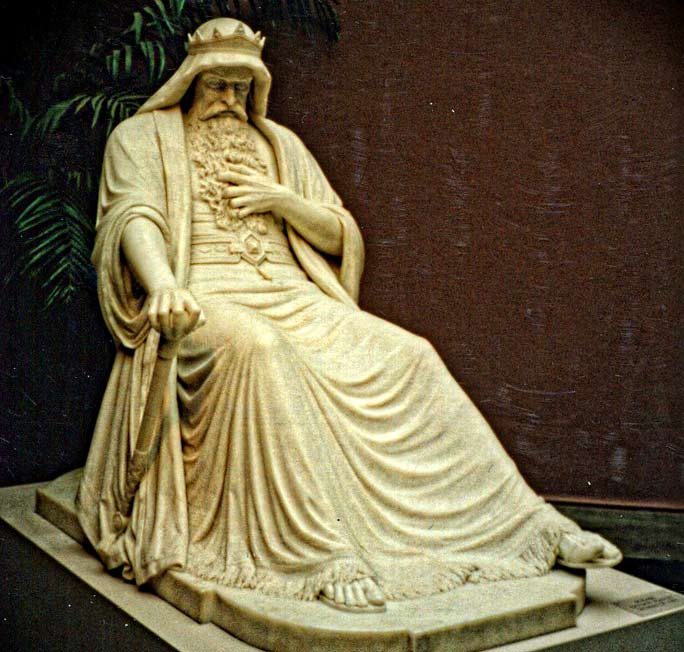King Saul, a pivotal figure in ancient history, emerges from the pages of the Hebrew Bible as the inaugural monarch of the United Kingdom of Israel. The etymology of his name, “asked for” or “prayed for,” hints at the divine intrigue that surrounded his anointment. Positioned in the late 11th century BCE, Saul’s reign stands as a significant epoch that marked the transformative shift from tribal governance to the establishment of a nascent statehood within the realms of Israel and Judah.
King Saul Very Interesting Facts You Might Be Interested In
Diving into the biblical narrative, the Books of Samuel unravel the intricate chronicles of Saul’s life, portraying the intricate tapestry of events that shaped his rule. Anointed by the venerable prophet Samuel, Saul’s seat of power resided in Gibeah, offering a backdrop to the unfolding saga of a monarch chosen by divine providence, King Saul has very interesting fun facts.
1. Famine and Divine Retribution
The Hebrew Bible weaves a tale of divine retribution and karmic justice that cast shadows over Saul’s legacy. In a stark revelation, God, amidst a famine, communicates to King David a revelation linking the scarcity to Saul’s ill-treatment of the Gibeonites. The divine decree dictated that only the sacrificial offering of seven of Saul’s sons could redress the wrongs inflicted upon the Gibeonites. Thus, a grim prophecy unfolded, marking a macabre turn in the legacy of Saul, King Saul interesting facts.
The Gibeonites, entrusted with the somber task, executed Saul’s seven sons individually. A gruesome tableau unfolded in Gibeah’s temple, where the lifeless carcasses were suspended as a morbid testament to the consequences of royal transgressions. Rizpah, heartbroken and vigilant, guarded the remains against the encroachment of scavengers and birds of prey, creating a poignant tableau that reflected the heavy toll exacted by divine justice, King Saul had very interesting fun facts.
2. Rizpah’s Grief and Closure
In a tale steeped in tragedy and somber resolve, the remains of Saul’s sons lay exposed to the elements for an agonizing five months. Rizpah, a grieving mother, stood as a stoic sentinel, ensuring the dignity of her progeny even in death. The poignant vigil finally found resolution when David, moved by compassion, ordered the respectful burial of the fallen alongside Saul and Jonathan in the ancestral cemetery at Zelah.
As the curtain fell on this dark chapter, one lingering detail stood out – Michal, Saul’s daughter, and David’s wife remained childless. This poignant footnote adds a layer of complexity to the saga, underscoring the multifaceted dimensions of familial ties and the enduring impact of the choices made by kings and the consequences borne by generations, King Saul has very interesting fun facts.
3. The Ancestral Roots of Saul

More Interesting Articles
- 30 Ronald Reagan Interesting Fun Facts- 40th US President
- 34 Jackson Pollock American Artist Interesting Fun Facts
- 50 Salvador Dali Spanish Artist Interesting Fun Facts
- 39 Michelangelo Italian Artist Interesting Fun Important Facts
- 21 Karl Marx Thinker Interesting Fun Important Facts
- 23 John Locke Philosopher Interesting Important Fun Facts
- 17 Dmitri Mendeleev Facts – The Father of Periodic Table
- 18 Fun Facts about Pocahontas – Colonial Settlement Leader
- 19 King Mansa Musa Facts – The Richest Man Ever from Mali
- The 10 Great Leaders of the French Revolution
- 11 Ares God of War in Greek Mythology Interesting Facts
- 11 Kratos Greek Mythology God of War and Power Facts
- 10 Thoth Egyptian God with Ibis Head Interesting Facts
- 23 Robert Frost Interesting Facts – Bio | Achievements | Works
- 21 Hercules Greek God Facts – Profile | Achievements | Labors
- 10 Top Romantic Era Poets – Bio | Works | Facts | Contributions
- 27 Martin Luther King JR – Biography | Interesting Fun Facts
- 10 Great Russian Novelists – Bio | Works | Contributions | Facts
- 24 Interesting Facts about Julius Caesar – Biography | Contributions
- 26 John F. Kennedy JFK – Biography – Fun, Interesting Facts
